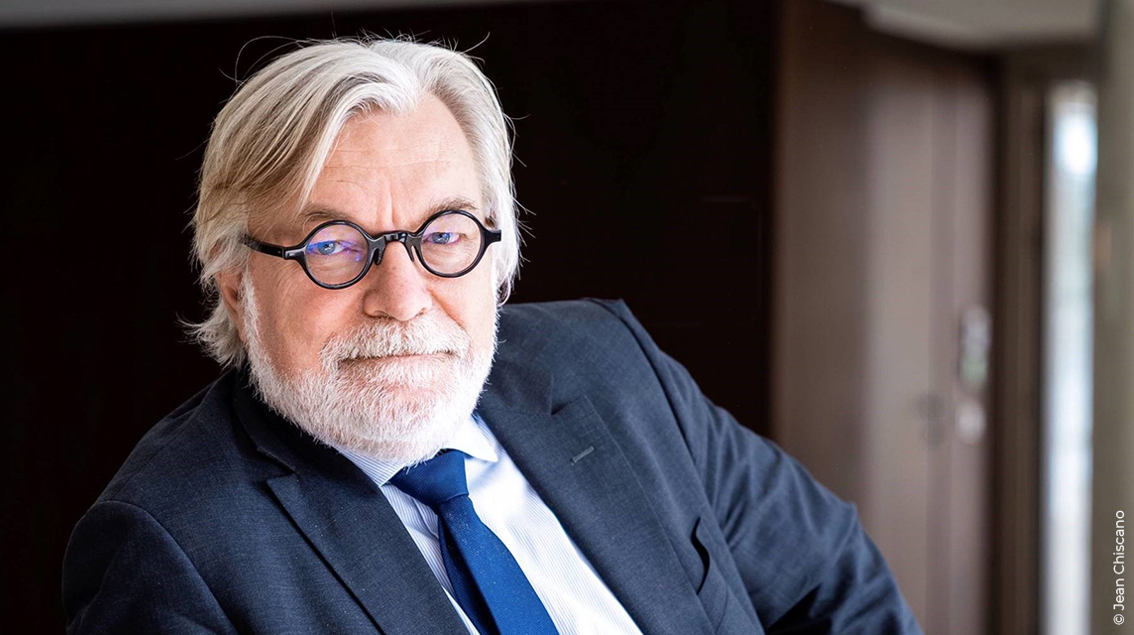The other geopolitical dimension of American tech is monetary.
The rise and appeal of cryptocurrencies have been reinforced by Trump’s arrival in the White House, as evidenced by a January 2025 executive order.
Not all cryptocurrencies can serve a monetary function. Bitcoin is far too volatile for that.
On the other hand, the stablecoin can meet criteria that bring it closer to a monetary asset.
It has several characteristics. It is an asset issued by the private sector in exchange for an asset held in reserve and of sufficient quality (US public debt). It has a unit value with a reference currency and must be able to be converted 1 for 1.
Its operating cost is reduced, it is supported by the blockchain which secures transactions and promotes rapid execution.
The stablecoin market is American, driven by the dollar. As such, it benefits from the infrastructure resulting from the dollar as an international public good.
The outstanding amount of stablecoins is still limited, at less than $300 billion. This figure compares with the $18 trillion in internal deposits and $14 trillion in deposits outside the United States. However, expectations are in the order of $2 trillion to $4 trillion in a few years. These are significant figures given these deposits.
The government’s plan is threefold.
↪️ By expanding its market size, the greenback will not face competition. China and the euro are lagging behind and marginal. By moving quickly, the United States maintains a competitive advantage.
This is a means of domination as the international US bank card networks (Visa/Mastercard) are competing. In Brazil, for example, the PIX payment method (which resembles Wero in Europe) has surpassed this American alliance.
↪️ It’s a way to spread the holding of US public debt outside the United States. This aspect has often been mentioned by D. Trump and S. Bessent, the Secretary of the Treasury. According to the Congressional Budget Office, US public debt held by the public is expected to reach 156% of GDP in 2055, compared to 100% in 2025.
↪️ This would thus be a means, often mentioned by Trump, of placing the burden of American development on the rest of the world.
In the US, the monetary union of public and private sectors will create a colossal market for stablecoins. The goal is to outpace the rest of the world so that this asset develops primarily in dollars, thus giving additional weight to the choices made by Washington.
There are, however, questions about financial stability in a world with stablecoins, but also about the role of central banks, which have been somewhat shaken up by these innovations.
The United States wants to leverage the advantages associated with the development of stablecoins. This will have a lasting impact on the geopolitical balance.
To be continued…


